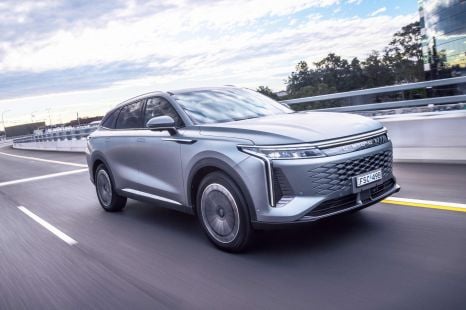

Damion Smy
2025 Omoda 9 review
4 Days Ago

Contributor
Volvo’s smallest electric SUV has been revealed, but it’ll pack a grown-up punch.
Pricing in Europe for the EX30 will kick off at €36,000 ($57,750) when it hits showrooms; it’s on track to arrive in Australia before the end of 2023 with local pricing yet to be confirmed.
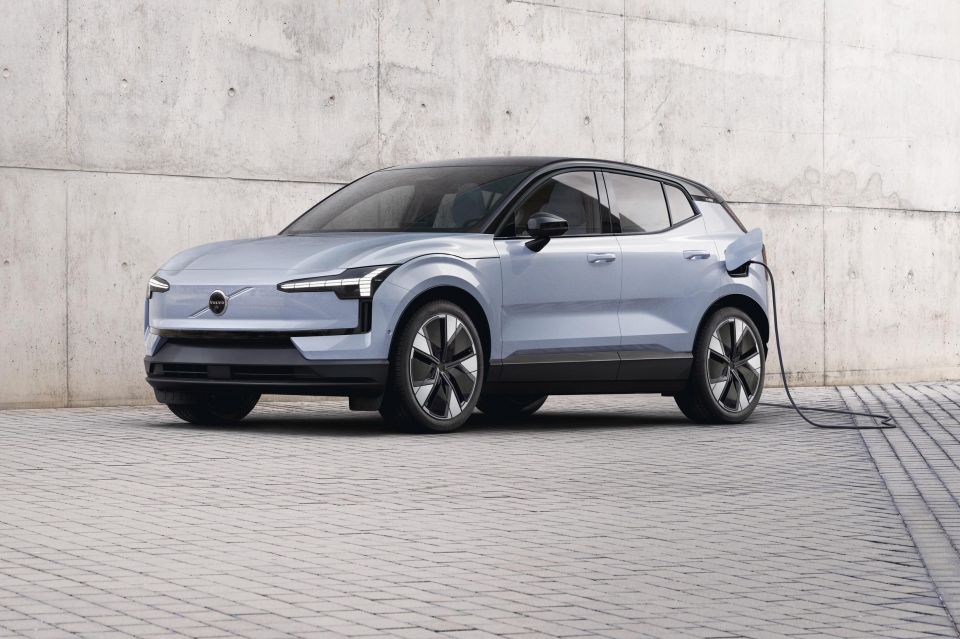
Three variants will be offered:
Even the entry-level model hits 100km/h in just 5.5 seconds, while the range-topping all-wheel drive model handles the benchmark sprint in a supercar-bothering 3.6 seconds.
Standard Range models can charge at up to 134kW hooked up to a DC public fast charger, while Extended Range models are capable of 153kW.
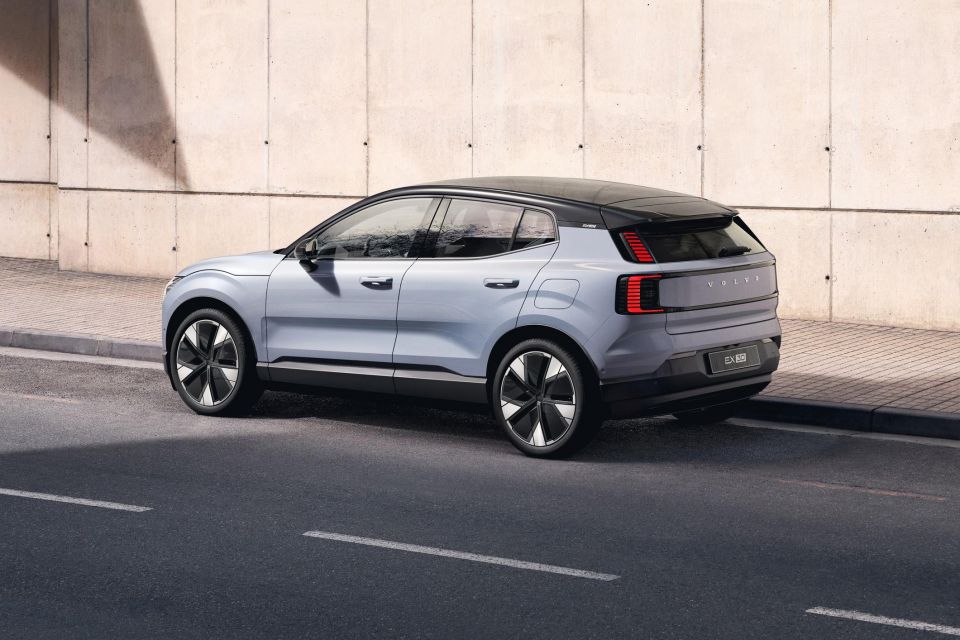
As you’d expect of a Volvo, a full suite of active driver assists is available. The LiDAR sensor being offered on the flagship EX90 hasn’t translated to the more affordable EX30, although that’s no great surprise.
It’ll be the first Volvo to offer door-opening alerts that warn drivers if they’re about to open their door into the path of traffic or an oncoming cyclist. Also on the spec sheet is a version of the advanced driver monitoring system from the EX90.
Inside, the little EX30 packs a pared-back interior that builds on the formula laid down by the current range.
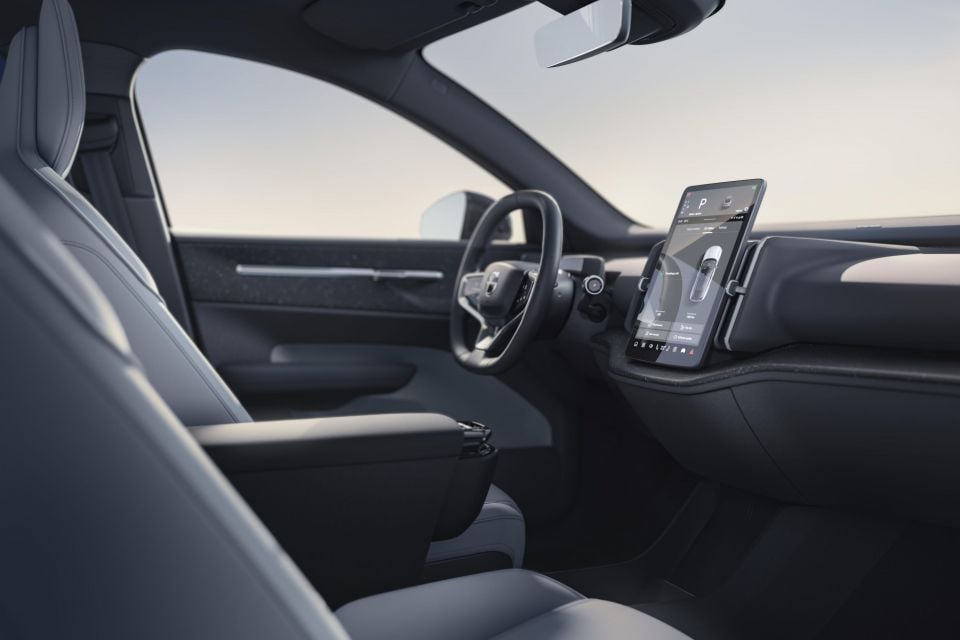
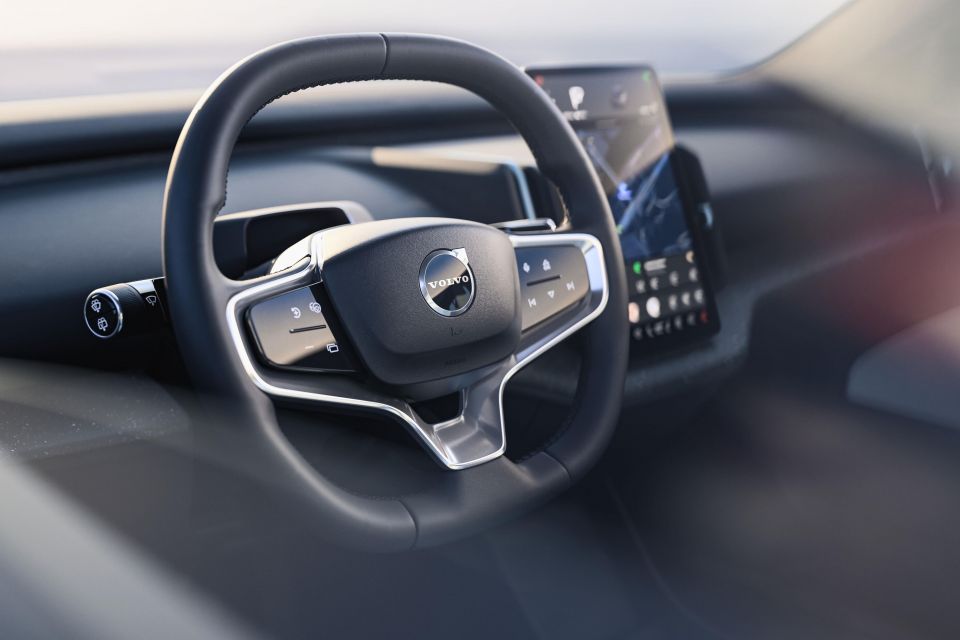
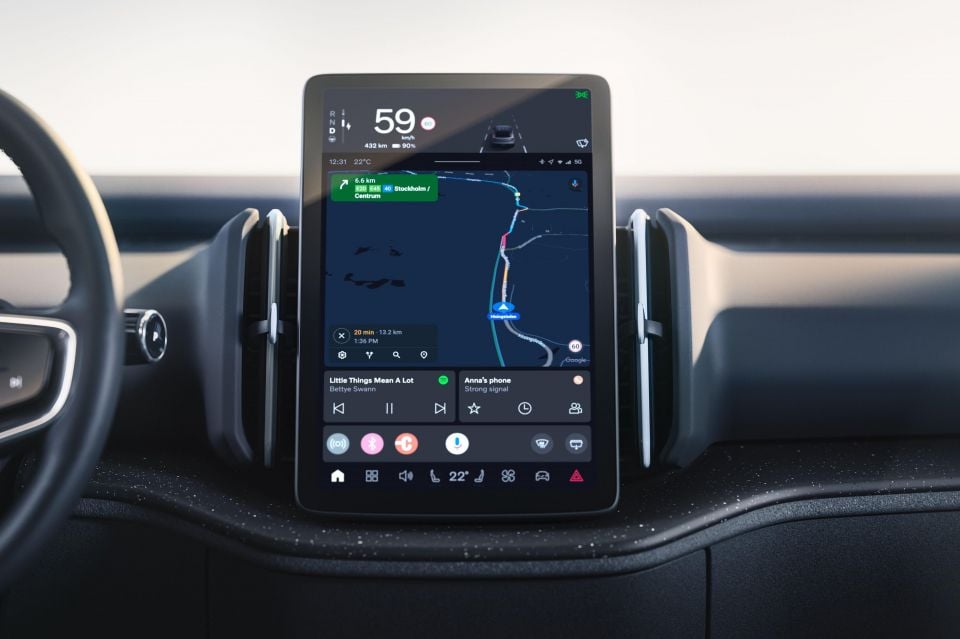
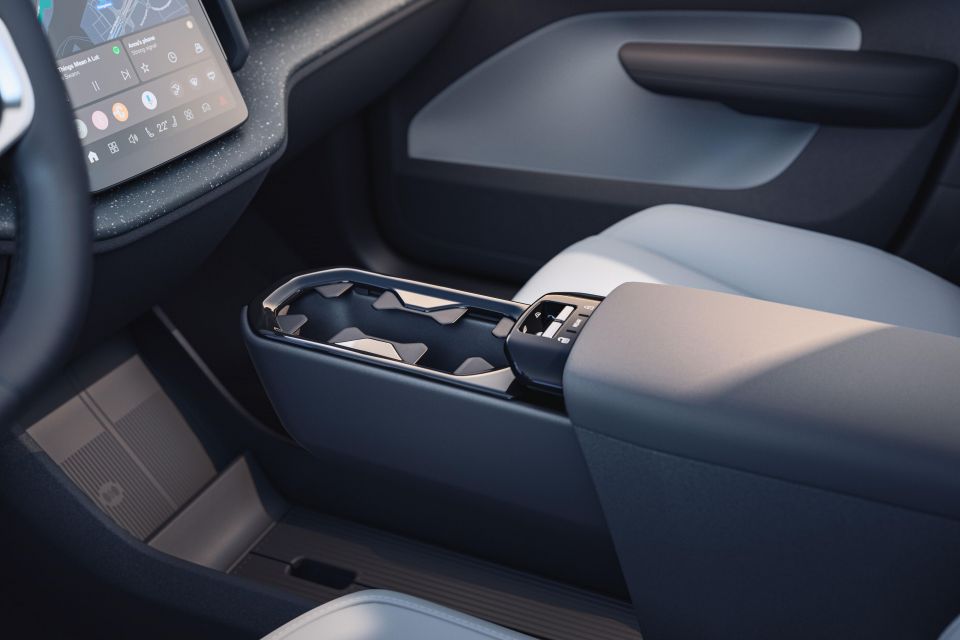
Buttons? Not here. Everything is controlled through a vertically-oriented 12.3-inch central touchscreen running Volvo’s latest Android Automotive-based software.
Volvo has followed in Tesla’s footsteps by eliminating the traditional instrumentation display, and instead placing key speed and driver alert information on the central touchscreen.
There’s a pair of wireless phone chargers at the base of the dashboard, while the floating centre console frees up storage space for handbags.
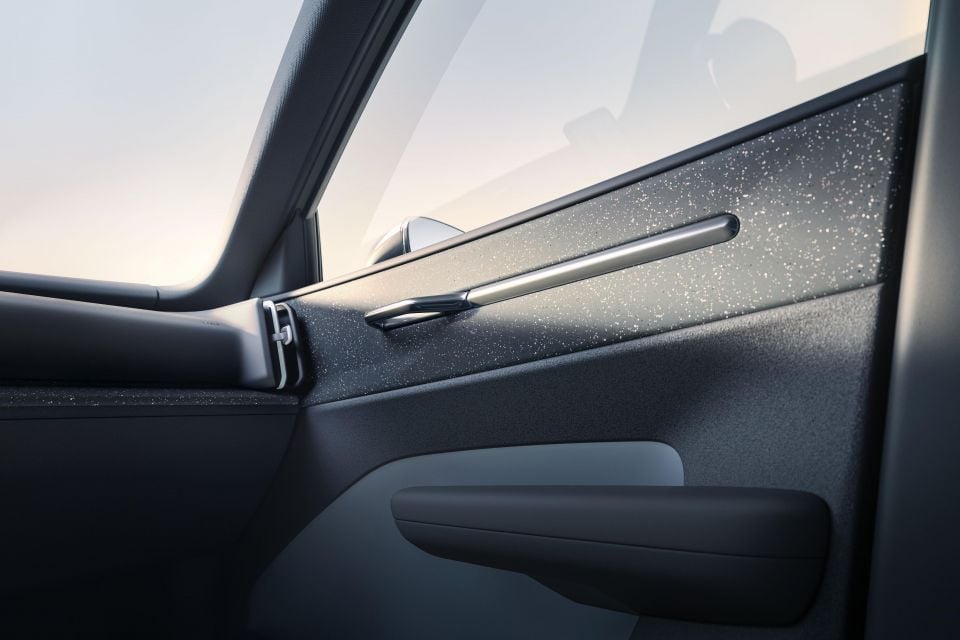

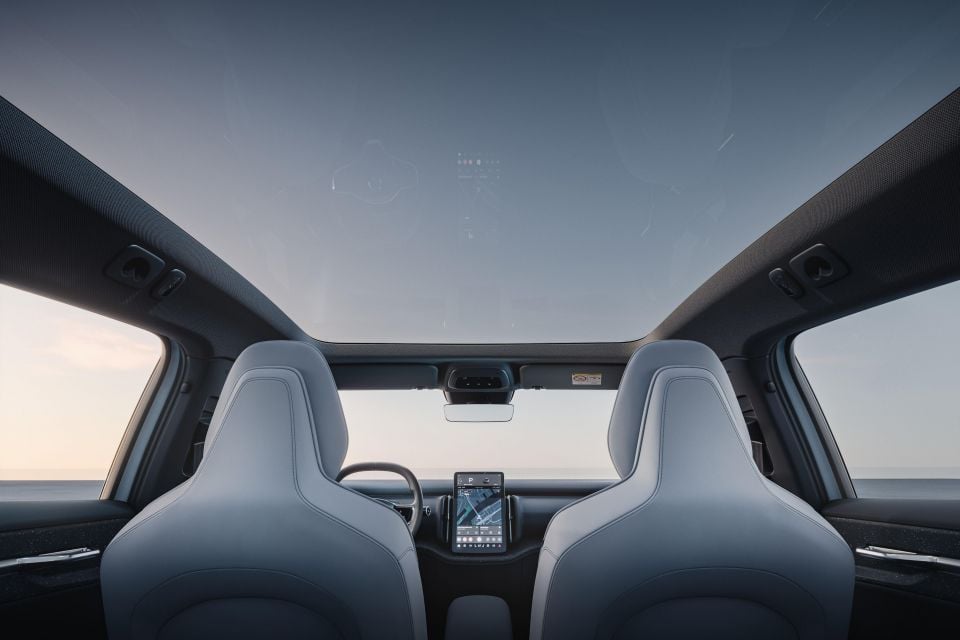
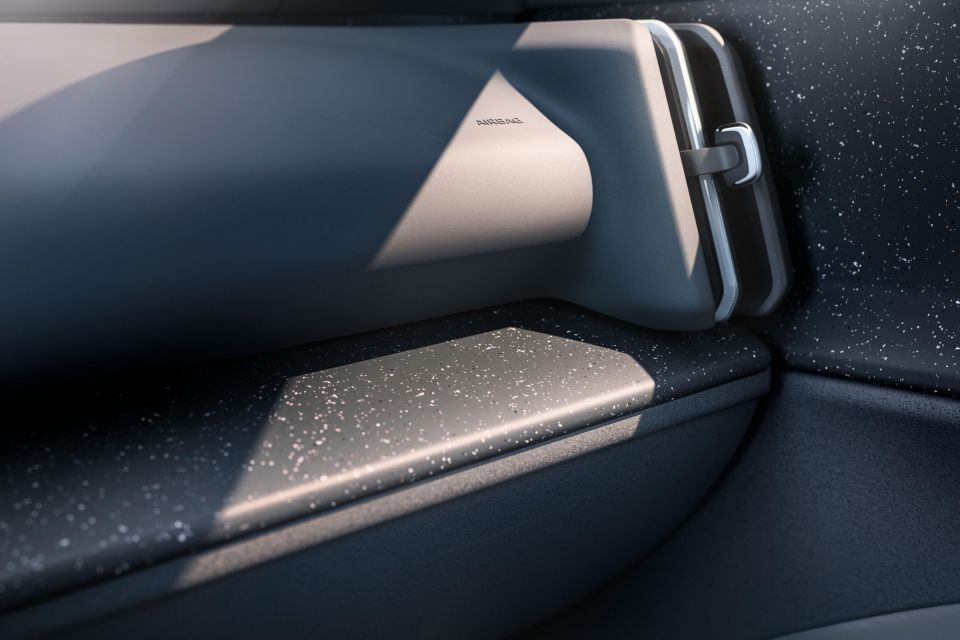
You’ll notice the window switches and other controls have been moved to the central tunnel; Volvo says this allows it make the door trims simpler, which in turn makes them more eco-friendly and affordable to produce.
Volvo had made a point of highlighting the effort that’s gone into making the EX30 green from before it even hits showrooms.
The brand says its lifetime CO2 emissions are around 25 per cent lower than in the XC40 and C40 Recharge electric cars, thanks in part to the fact it’s being manufactured at a Chinese factory that’s powered partially by green energy.
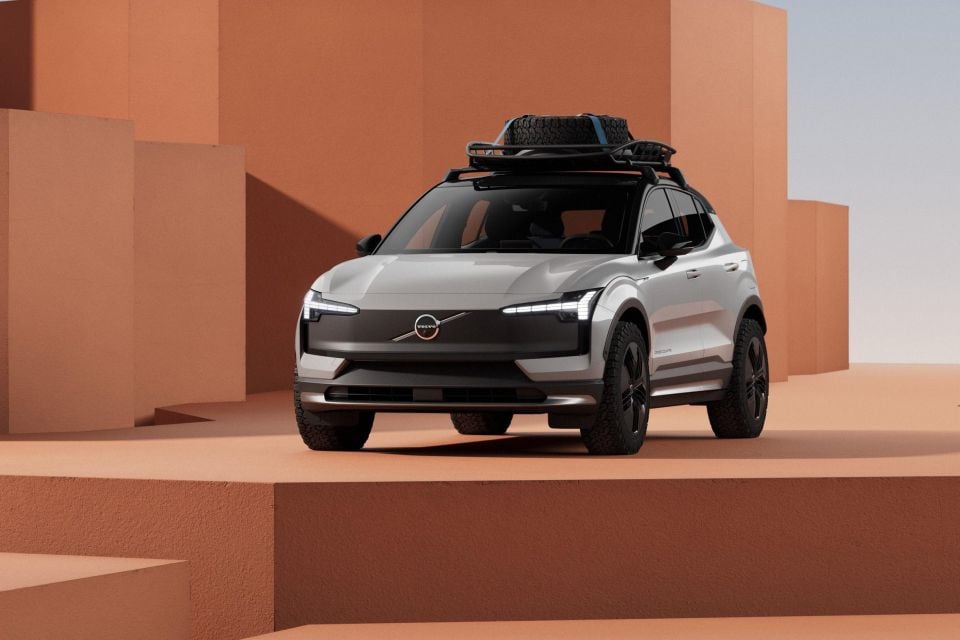
Volvo also says 95 per cent of the tier one suppliers required to build the EX30 have committed to using 100 per cent renewable energy in their production by 2025.
17 per cent of the plastics in the vehicle are recycled, from door trim pieces to parts of the bumpers.
Stay tuned for Australian details on the EX30.
Where expert car reviews meet expert car buying – CarExpert gives you trusted advice, personalised service and real savings on your next new car.
Scott Collie is an automotive journalist based in Melbourne, Australia. Scott studied journalism at RMIT University and, after a lifelong obsession with everything automotive, started covering the car industry shortly afterwards. He has a passion for travel, and is an avid Melbourne Demons supporter.


Damion Smy
4 Days Ago
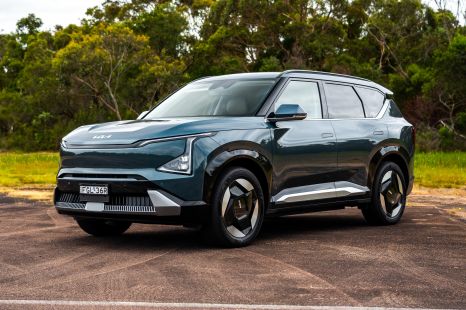

James Wong
4 Days Ago


Angus MacKenzie
2 Days Ago


Paul Maric
1 Day Ago
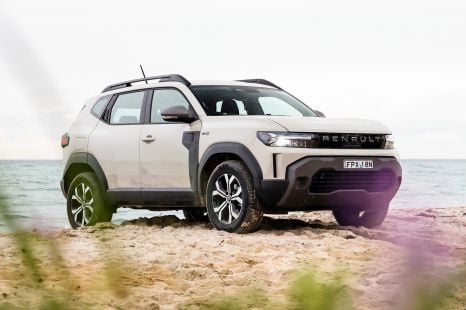

Max Davies
1 Day Ago
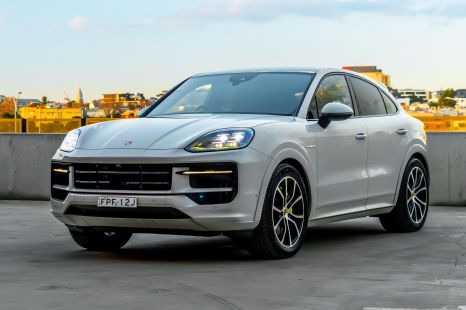

James Wong
19 Hours Ago